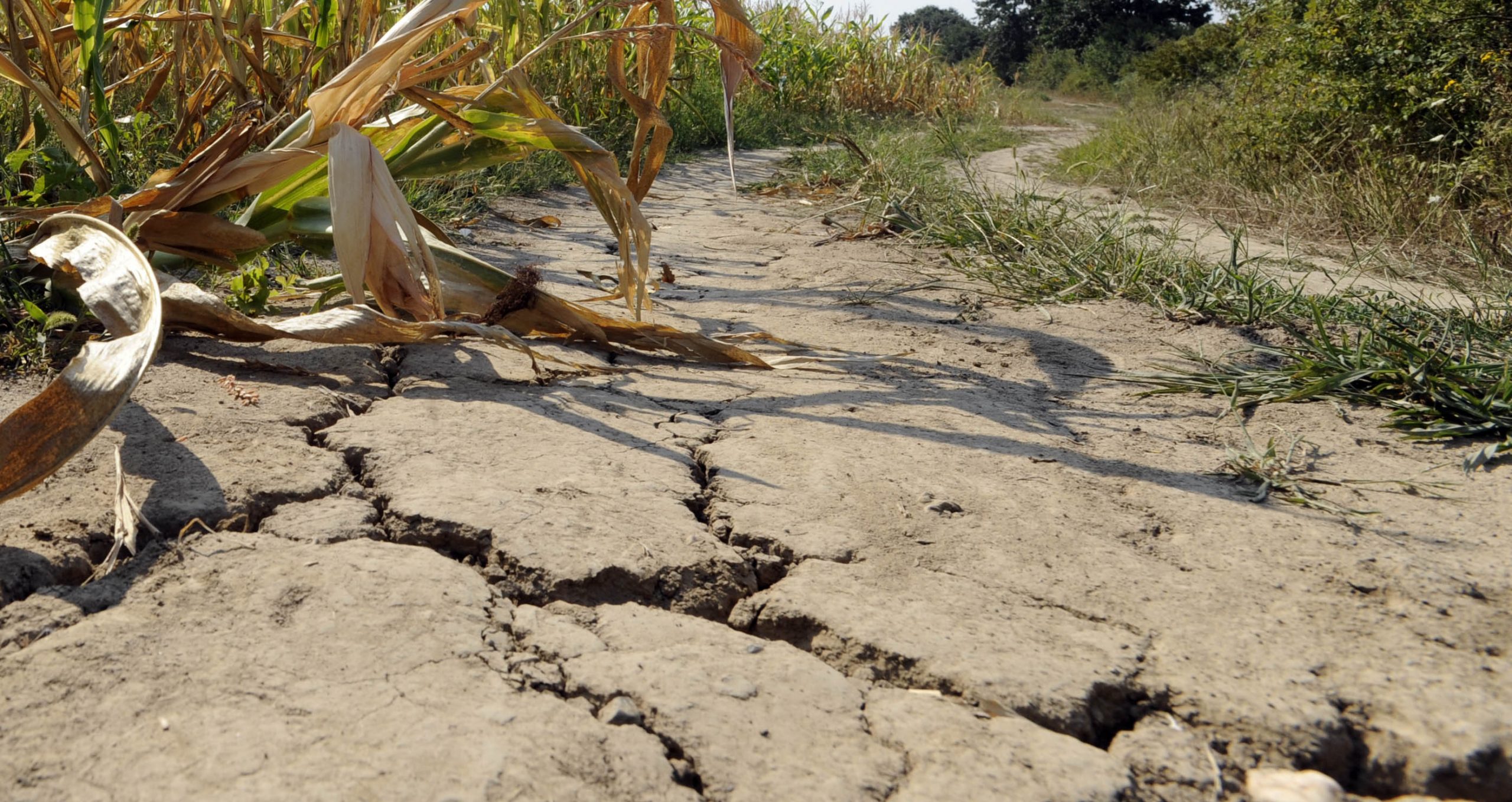By: Thom Weir
Last summer, I wrote a blog article titled “Managing fertility after a drought.” In that article I discussed what is typically expected following a drought in regards to soil nutrients. It turned out that 2017 wasn’t a typical drought. As that article was written prior to harvest, it didn’t account for the higher than expected yield. And because of these yields, we also have seen lower than anticipated N levels reported in soil analyses reports.
A reader wrote to me asking about mineralization rates during droughts and how this might impact nitrogen requirements for the upcoming season. He specifically asked if he would need more nitrogen for his crops.
Mineralization is the conversion of non-plant available nutrients in organic matter, to plant available inorganic compounds such as nitrate (NO3) and ammonium (NH4). He is correct in assuming this rate will be reduced under dry conditions. There are a lot of factors that can impact the rates of mineralization besides soil moisture. These include the amount of organic matter, the source of the organic matter, the presence or absence, and the type and frequency of tillage practices all affect the rate of mineralization. Across the prairies, we have studies that show mineralization rates of nitrogen from 10 to 80 lbs per acre per year.
Last year, we generally went into the spring with ample to excessive soil moisture. The crops got off to a decent start but temperatures were initially below normal. During the latter part of June and July, temperatures increased and in the south, soils dried. So we would have had six weeks of decent mineralization. In the end, crop yields exceeded expectations in many dry areas. The nitrogen had to come from somewhere. We generally assume 40 – 60% of the fertilizer N gets utilized by the crop and the remainder is immobilized (tied up) or lost through a number of processes. The crop had to get the remainder of its requirements from soil reserves or mineralization. We generally estimate soil reserve or mineralized N to be 80 – 95% utilized by the crop.
General mineralization rates during the growing season in western Canada*

*Making Fertility Decisions Without the Soil Test Rigas E. Karamanos, 2004 MAC Proceedings
The bottom line is that, without seeing soil test results from last year or this fall, it is hard to determine if you need more or less nitrogen for the upcoming year. Generally, the results that I have seen to date from dry areas of the prairies showed a very low reserve in the soil. This would indicate that the higher than anticipated yields utilized all the plant available N – from wherever it came from – and has left the tank virtually empty.
My first answer to the reader’s question would be to get some soil testing done before seeding. This is the best way of deciding on what level nutrients might be. Further to that, I would recommend zone sampling. Your fields were not uniformly affected by the drought. Lighter areas of your fields and upland areas were probably drier than other areas, so they had less mineralization. Secondly, without a soil test, I would lean to fertilizing as usual for a year where the nitrogen rates in the soil are at low levels, assuming we get normal rainfall. But then, after the past few years, I have a problem picturing what “normal” is anymore.


